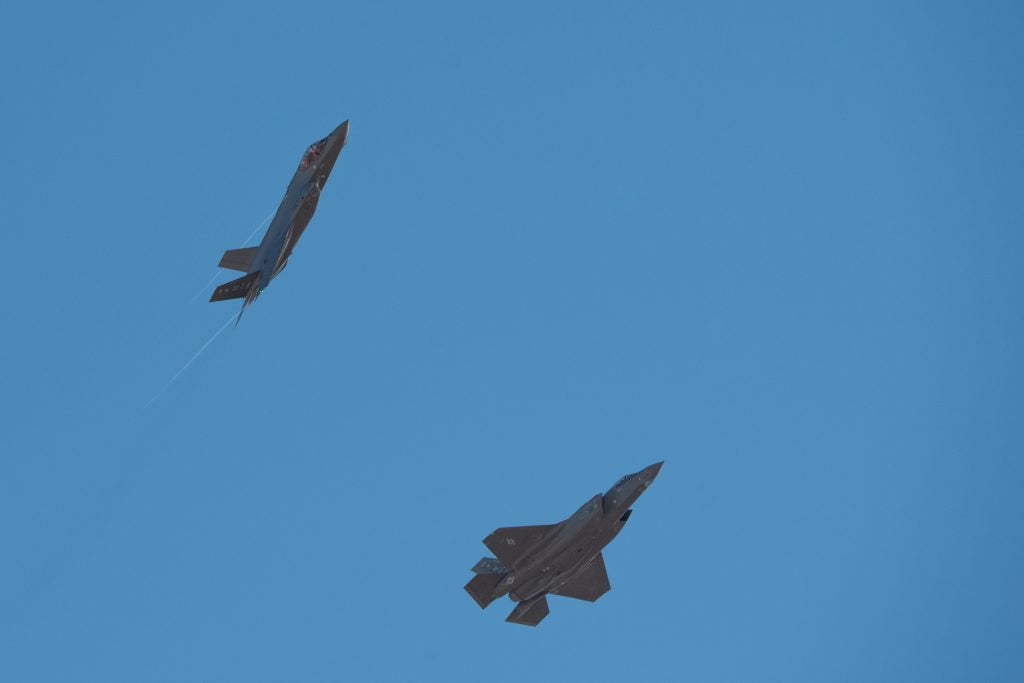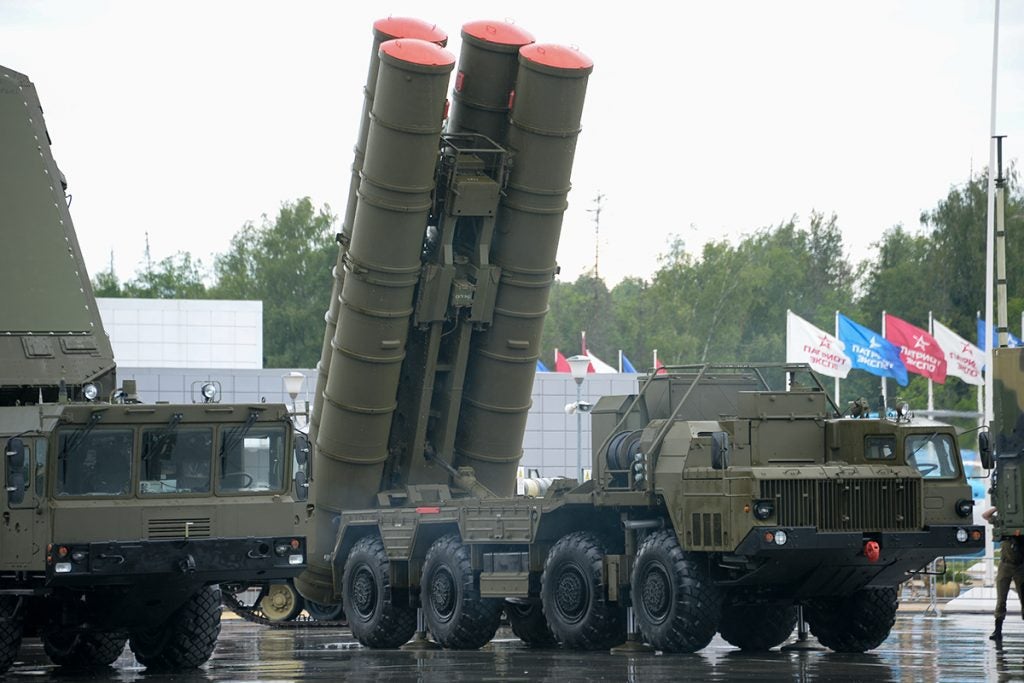Turkey and the Consequences of the S-400 & S-500
Turkey is committed to becoming a global force in arms production. President Erdogan has said as much. This means, in practice, the ability to design and produce any weapon system they require, from rifles to aircraft carriers. Part of this manifested over a decade ago, when Turkey joined the F-35 program, becoming the sole manufacturer of several parts for the jet as part of the broader work-sharing plan. World events have been tumultuous since then, and relations between the US and Turkey have withered into, at time, open hostility. Most recently, Turkey has pledged to purchase Russian S-400 surface to air missile systems, and develop the S-500 in cooperation with Russia.
The American-Turkish military relationship goes back to the end of WWII and the beginning of the Cold War. Turkey, for centuries at odds with Russia, became an eager ally of the US and the burgeoning NATO. American Jupiter Medium-Range Ballistic Missiles (MRBMs) with nuclear warheads were based in Turkey as a strategic nuclear deterrent. Facing obsolescence, they were removed as part of the deal to defuse the Cuban Missile Crisis. However, the NATO presence never left the country, and as of the attempted coup in 2016, American B-61 nuclear gravity bombs were still on-site at Incirlik Air Base.

2016’s coup attempt saw Erdogan return resurgent. Armed with new powers in face of the declared state of emergency, he immediately began consolidating power. This, combined with ongoing military offensives against Syrian Kurds allied with the US, began straining relations between the two countries. Erdogan also began a back and forth effort aimed at reconciling with Russia and Putin, a relationship that has caused the most current spate of issues.
Russia’s anti-aircraft systems are widely considered the reference threat for NATO airforces, and not without good reason. The widespread proliferation of Soviet anti-aircraft missiles, radars, and control systems during the Cold War resulted in the loss of thousands of western combat aircraft, and more than a few civilian ones. Emerging in the late 1980s, the S-300 became the pinnacle of surface to air missiles available to non-NATO or NATO-allied states. Since the deployment of stealth in the early 1990s, there has been a commensurate race between aircraft engineers and anti-aircraft engineers to maintain supremacy. At present, stealthy aircraft are clearly winning, with the F-35 giving client states heretofore unseen abilities to penetrate dense anti-air networks.
But Turkey’s quest for the S-400, and possibly the S-500 puts that in jeopardy. Access to Turkish F-35s could give Russian engineers the data they need to tune the existing radars, or design new radars, that could mitigate the F-35’s ability to penetrate defended areas with impunity. This is obviously unacceptable to the US and other F-35 partner states. As a result, the US has said that if Turkey acquires the S-400, they will not get the F-35s they have already paid for, and will no longer be part of the program. This move has not been without issues, as Turkish production made up for a not insignificant portion of the aircraft.

Per Al Jazeera, Erdogan recently announced that Turkey would develop and build the S-500 in partnership with Russia. This, if true, must necessarily be the final nail in the coffin of the Turkish F-35s. It also may mean the end of fifty years of military cooperation between the US and the second largest, and one of the oldest, military in NATO. Consequently, the only state that seems to be benefiting from this rift is Russia, which has positioned itself to benefit greatly from the rift between the US and Turkey.
It is unclear how exactly the news of Turkey pledging to develop and build the S-500 in partnership with Russia will play out in the long term. If Turkey and Erdogan are truly committed to this course, it may serve to drive Turkey out of NATO in the coming years, which can only be read as an enormous victory for Putin. If Turkey backs off, it will have lost the trust of the US and NATO, and Erdogan personally will have lost a great deal of face. From a western perspective, there are no good outcomes at this point, and the consequences of this path will certainly be felt in years to come.

